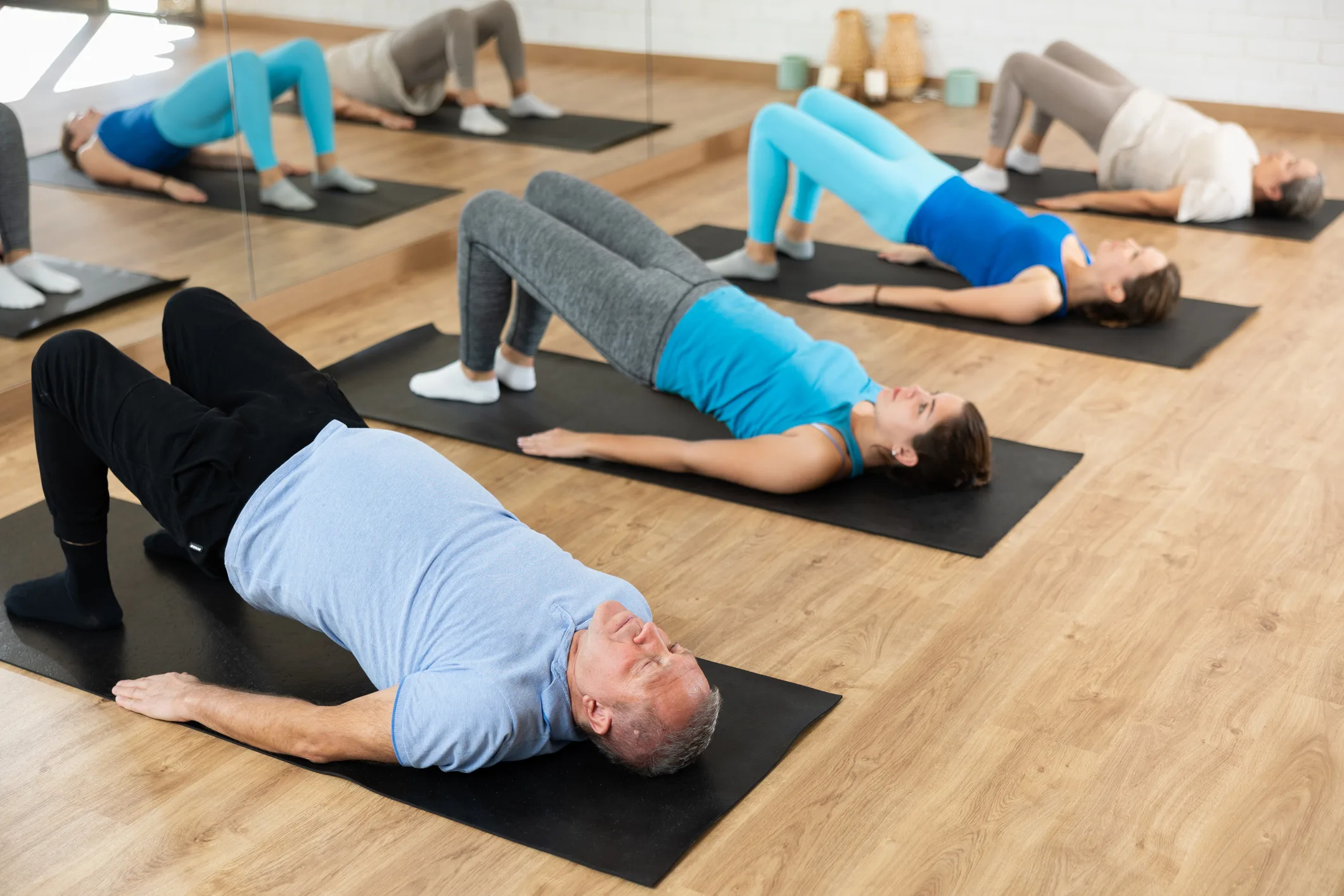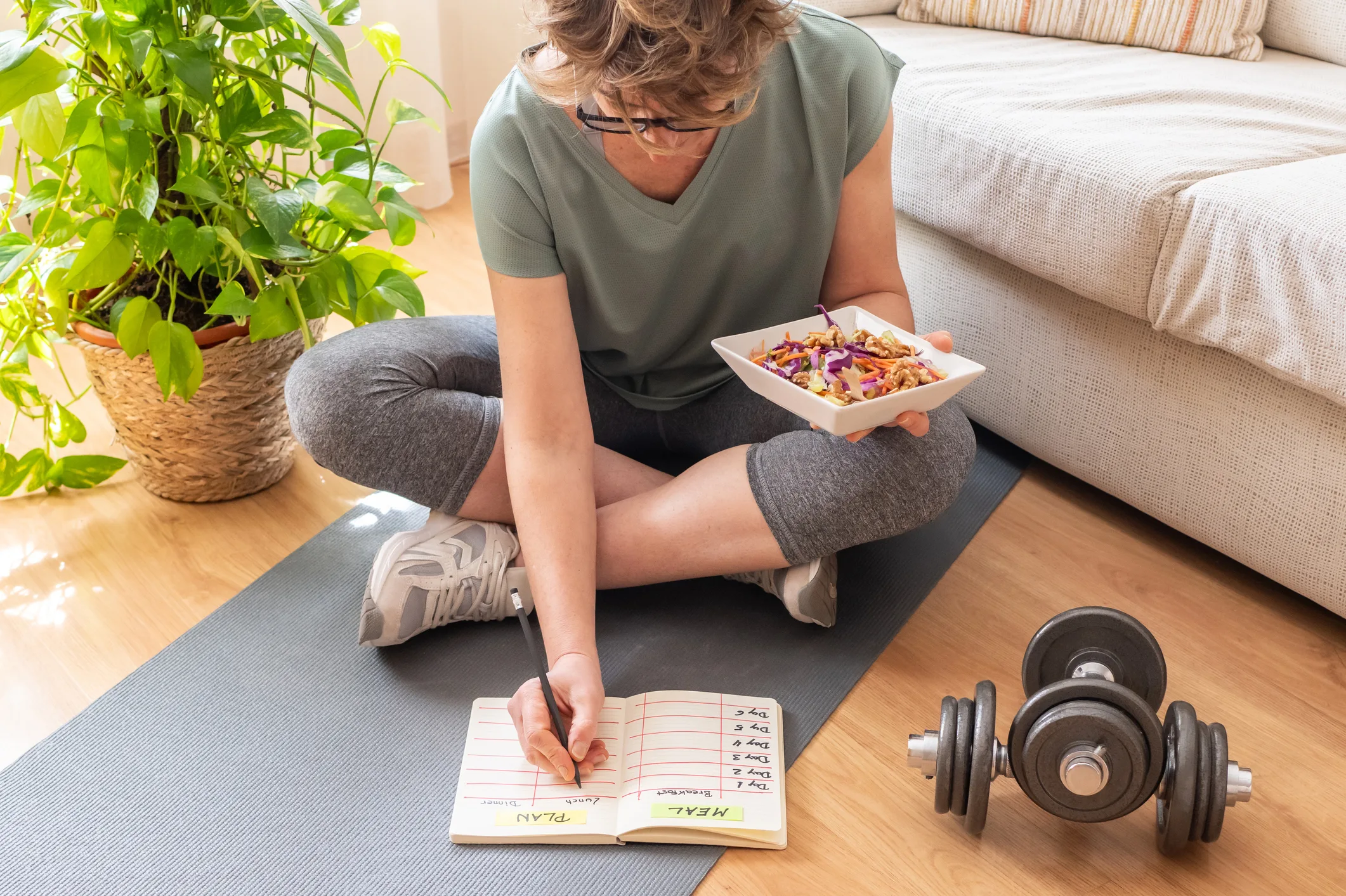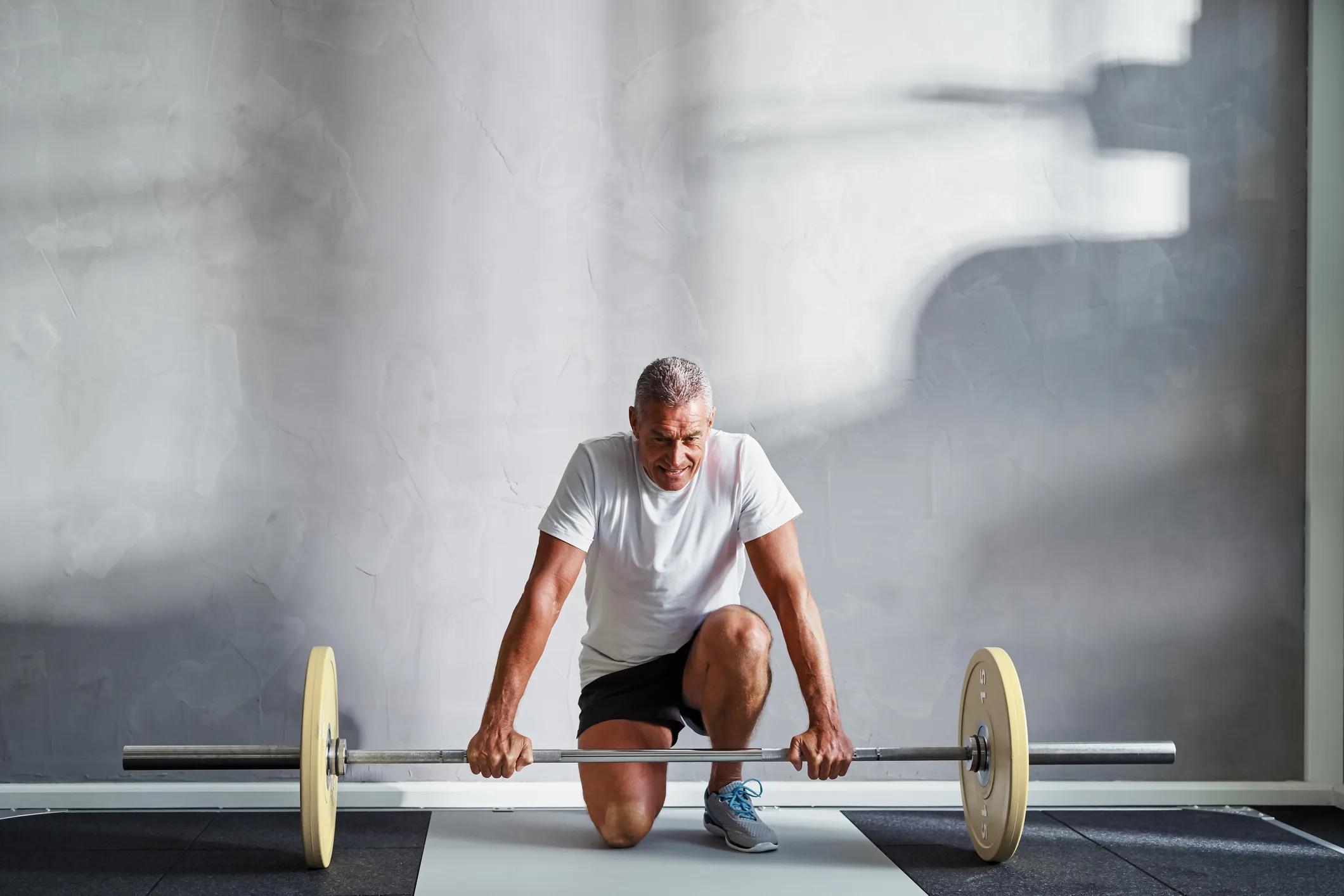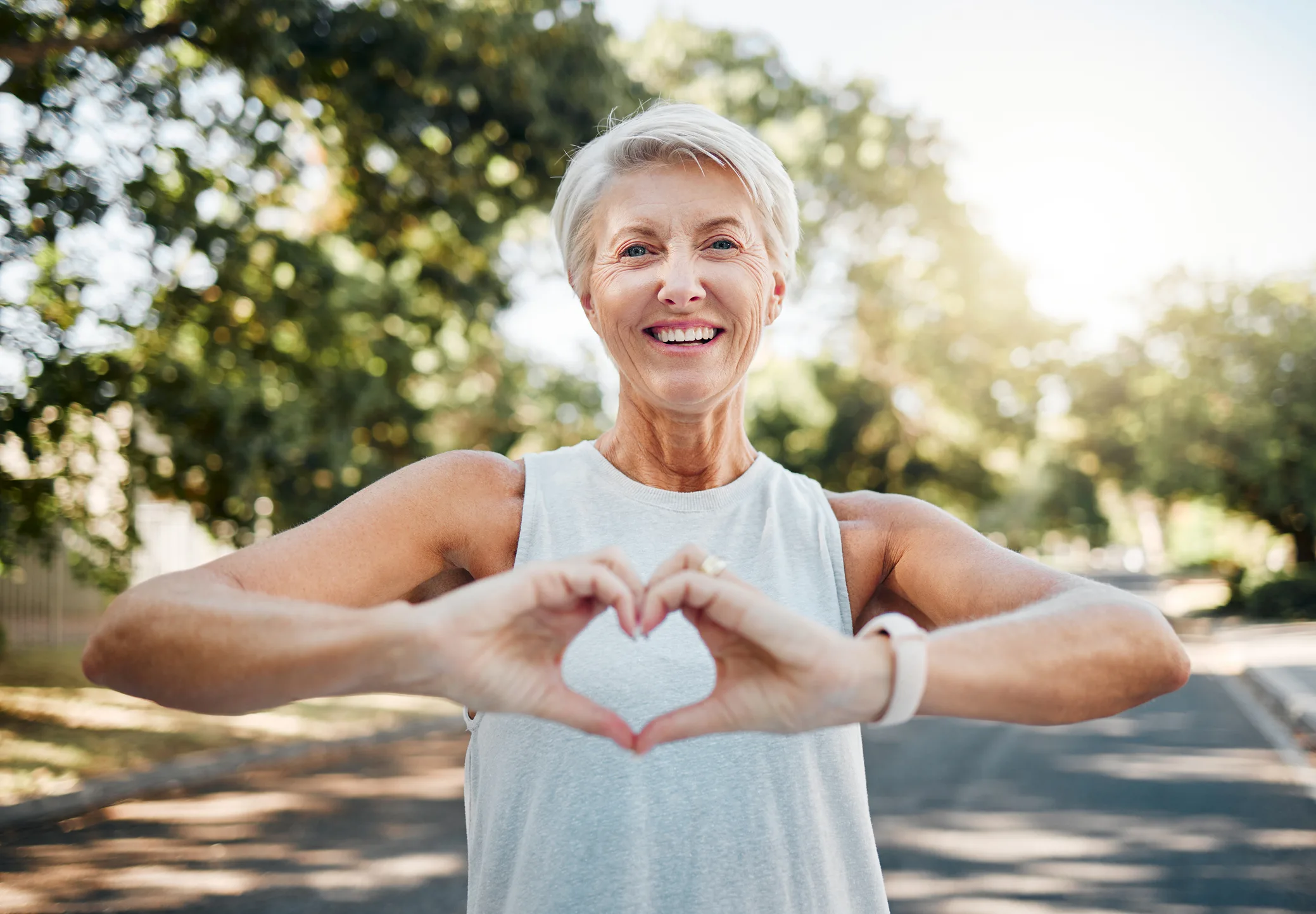We all love watching babies happily stretching out during “tummy time” – it’s incredibly cute, and crucial for their development. This simple activity helps them build strength for sitting, crawling, and eventually walking. The American Academy of Pediatrics even recommends it for infants just days old, starting with short bursts and gradually increasing the time.
But here’s a surprising twist: tummy time isn’t just for babies anymore! Thanks to social media, adults are giving it a try to tackle common posture problems. Could a baby’s favorite activity actually be your secret weapon against the aches and pains of modern life? Let’s find out.
Why Are Adults Doing Tummy Time?
Many of us spend a huge chunk of our day sitting – at desks, in cars, on the couch. This constant sitting can lead to what physical therapists call “muscle imbalance.” When you slouch, certain muscles (like those in your neck and abs) get tight, while others (like those that support your spine) become weak. This imbalance often results in uncomfortable neck and lower back pain.
Tummy time works by stretching those tight “flexor” muscles in the front of your body. At the same time, it strengthens the “spinal extensors” – the muscles along your back that help keep your spine in its natural, healthy alignment.
Another major reason for adult tummy time is tackling “tech neck.” If you spend hours hunched over your phone or computer, you’re likely creating an unnatural forward curve in your neck. Tummy time can help reduce this curve, easing tension on your neck and back.
Do You Need a Posture Upgrade?
Before you hit the floor, how can you tell if your posture needs some help? Poor posture isn’t just about looking slumped; it can manifest in some surprising ways. While these symptoms can be caused by other things, if you notice them when you’re hunching or slouching, they’re likely posture-related:
- Pain: Aches in your back, neck, and shoulders are classic signs.
- Stiffness: Feeling stiff, especially after sitting for a long time.
- Bladder Issues: Experiencing accidental leaks when you put pressure on your stomach or bladder.
- Digestive Discomfort: Heartburn or general stomach upset, as a slouched position can sometimes push stomach acid in the wrong direction.
If any of these sound familiar, tummy time might be worth exploring!
How to Do Adult Tummy Time (Safely!)
Ready to give it a try? Here’s how to get into the proper position:
- Find Your Spot: Lie face down on the floor or on your bed.
- Prop Yourself Up: Use your elbows to prop up your upper body.
- Align Your Neck: Keep your neck in line with your spine. Avoid letting your head hang down or craning it too far up.
- Engage Your Core: Gently pull in your abdominal muscles. This helps protect your lower back.
- Shoulders Back and Down: Roll your shoulders down and back. This correctly engages your shoulder muscles and reduces strain on your neck.
Tummy time can be surprisingly tiring at first, especially if your muscles are weak. Start small! Aim to hold the position for just 10 seconds at a time, repeating it 3 to 6 times. You can do this every 2 to 3 days. Listen to your body – if you feel increased shoulder, neck, or back pain, ease off.
As you get stronger, gradually increase your time. Add 5 more seconds and 1 to 2 more repetitions to your routine. Once you’re comfortable, you can even multitask! Instead of sitting while you scroll on your phone or watch TV, try doing it while in your tummy time position to build up that core and back strength. You can work up to 10-minute sessions or longer over time.
Is Tummy Time for Everyone?
While it offers great benefits, tummy time isn’t safe for everyone.
- Back Issues: If you have existing back problems, lying on your stomach can put painful pressure on your spine.
- Pregnancy: If you’re in your second or third trimester of pregnancy, definitely avoid tummy time and always consult your OB/GYN.
- Other Health Conditions: If you have any health condition that usually requires medical clearance before starting a new exercise, talk to your doctor first.
Always remember: you might not feel pain during the exercise, but discomfort can show up later. Monitor how you feel in the 24 hours after trying tummy time or any new exercise. Simply put: if it hurts, stop.
The bottom line is that adult tummy time can be a fantastic way to improve your posture and alleviate common aches. But like any exercise, it’s crucial to listen to your body and, when in doubt, consult your healthcare provider to ensure it’s the right choice for you. Ready to give your posture a boost?
Source:











